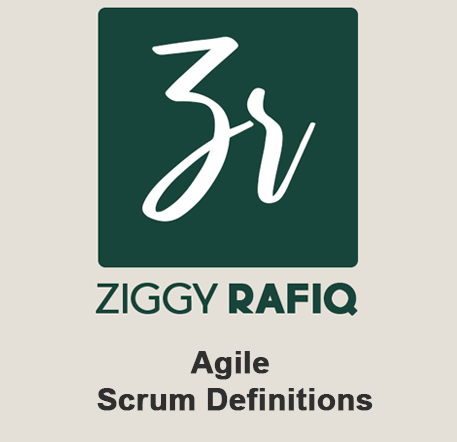Overview
Over the past few years working within the Agile Scrum teams
I have seen at some places there are not clear with the basic simple terms of
Agile scrum definitions and I thought of writing this blog post based around
exampling the simple basic terms definitions we use in Agile Scrum terms.
Product Owner
The primary decision-maker on the scrum team.
Scrum Master
Leads the meetings and standups, removes roadblocks and
oversees the scrum team.
User Story
A brief explanation of the who, what and why behind a
project.
Tasks
An item that needs to be completed by a scrum team member.
Backlog
A repository of the project ideas that may be executed in
the future.
Blockers
Anything that is preventing a team member from completing
their work.
Minim Viable Product (MVP)
A base-level project intended to show proof of concepts.
Kanban
A visual framework for tracking steps in a process that uses
columns and status indicators moving from left (beginning ) to right
(completion).
Retrospectives
A meeting to reflect on how a sprint went, what was learned
and what could be improved upon in the future.
Standup
A daily morning meeting where the team shares what they did
yesterday, what they will do today and anything that is preventing them from
moving forward.
Sprint
A short period during which a project will be completed, generally
a week to a month, most places I have seen is two weeks sprint.

Comments